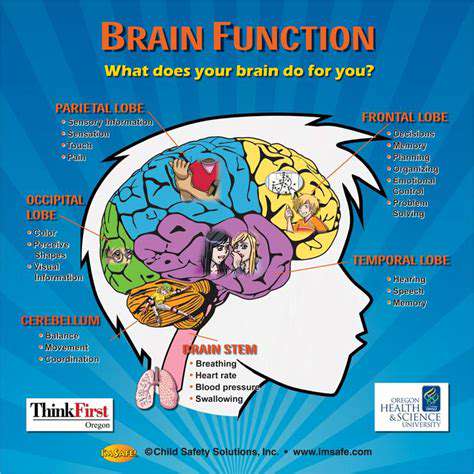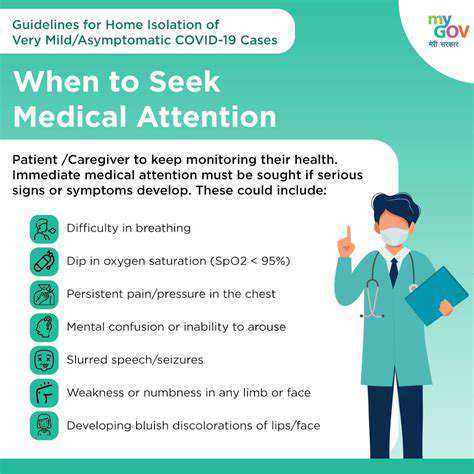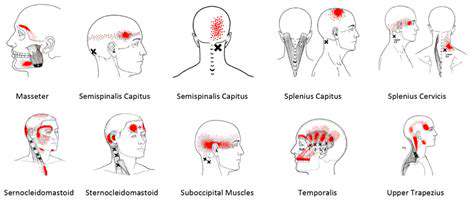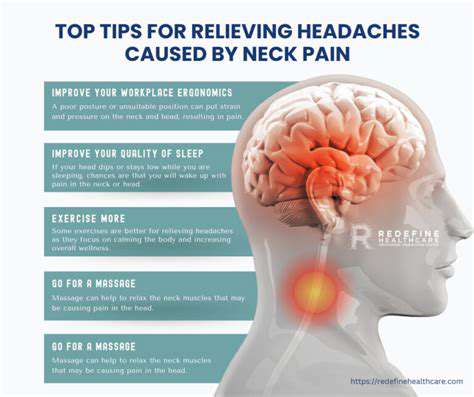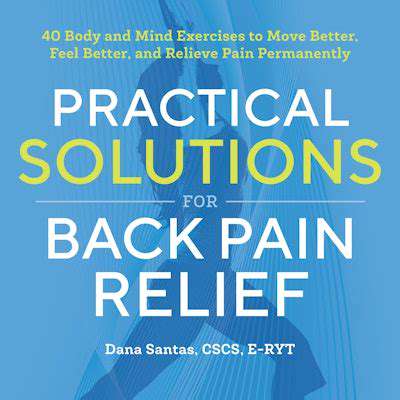The Role of Primary Care Physicians in Headache Management

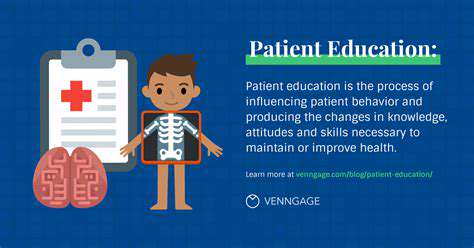
The Future of Headache Management in Primary Care
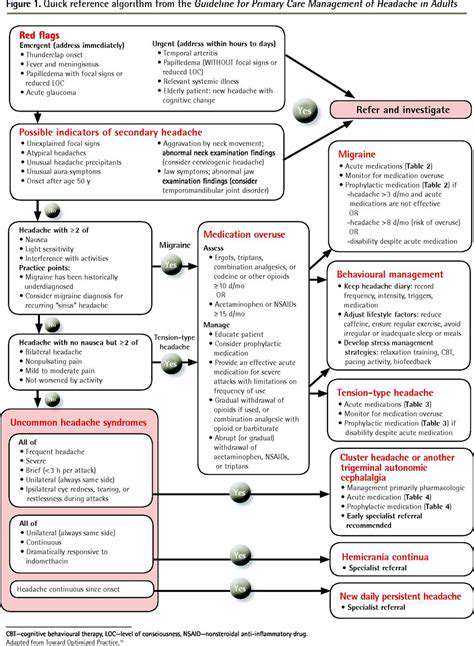
Technological Advancements in Diagnosis
Emerging technologies are revolutionizing headache diagnosis, providing unprecedented insights into the complex mechanisms underlying these debilitating conditions. Advanced neuroimaging techniques, such as functional MRI and diffusion tensor imaging, are revealing subtle structural and functional changes in the brain associated with different headache types, potentially leading to earlier and more accurate diagnoses. These advancements pave the way for personalized treatment strategies tailored to individual patient needs.
Moreover, wearable sensors and mobile health applications are enabling continuous monitoring of headache triggers and symptoms, providing valuable data for clinicians to analyze and understand individual patient patterns. This continuous data collection will ultimately lead to more effective preventative measures and individualized treatment plans.
Personalized Treatment Approaches
The future of headache management is increasingly focused on personalized treatment approaches. Understanding the unique characteristics of each patient's headache type and individual response to various treatments is paramount in achieving optimal outcomes. Genetic testing and biomarker analysis are emerging as valuable tools in identifying individuals at higher risk for developing chronic headaches and guiding the selection of the most effective therapeutic interventions.
Non-Pharmacological Interventions
Beyond pharmacological interventions, the role of non-pharmacological therapies is gaining significant recognition in headache management. Cognitive behavioral therapy (CBT) and mindfulness-based stress reduction techniques are being increasingly employed to address the psychological and emotional factors that contribute to headache development and frequency. These approaches offer a holistic approach to headache management, addressing the root causes of pain beyond simply treating the symptoms.
Integrative Healthcare Models
The integration of traditional and alternative medical approaches is gaining momentum in headache management. This integrative approach often involves the use of acupuncture, herbal remedies, and other complementary therapies to complement conventional medical treatments. Many patients find these integrative methods helpful in reducing the intensity and frequency of their headaches, while also promoting overall well-being. This approach recognizes the multifaceted nature of headache disorders and aims to address the patient's needs holistically.
Improving Patient Education and Support
Effective headache management hinges on patient education and empowerment. Providing patients with comprehensive information about their condition, including potential triggers, symptom management strategies, and available treatment options, is crucial. Online resources and educational programs can facilitate this process, offering accessible and personalized information to patients.
Clear communication between healthcare providers and patients is essential in fostering a partnership that prioritizes patient understanding and active participation in their treatment. This empowers patients to take control of their headaches and actively manage their condition.
Advancements in Pain Management Techniques
The development of novel pain management techniques holds significant promise for improving headache outcomes. Innovative approaches, such as targeted nerve stimulation and the use of non-invasive brain stimulation techniques, are being explored to alleviate pain and potentially disrupt the pathophysiological mechanisms underlying headaches. The potential for these advancements to provide long-lasting relief from chronic headaches is substantial. Further research and clinical trials are essential to validate their efficacy and safety in diverse patient populations.
Addressing the Impact of Lifestyle Factors
The growing recognition of the profound impact of lifestyle factors on headache frequency and severity is shaping the future of headache management. Dietary habits, sleep patterns, stress levels, and physical activity all play significant roles in influencing the risk and experience of headaches. Healthcare professionals are increasingly emphasizing the importance of lifestyle modifications as an integral part of comprehensive headache management plans. This shift towards a preventative approach aims to minimize the impact of headaches on patients' overall quality of life.

